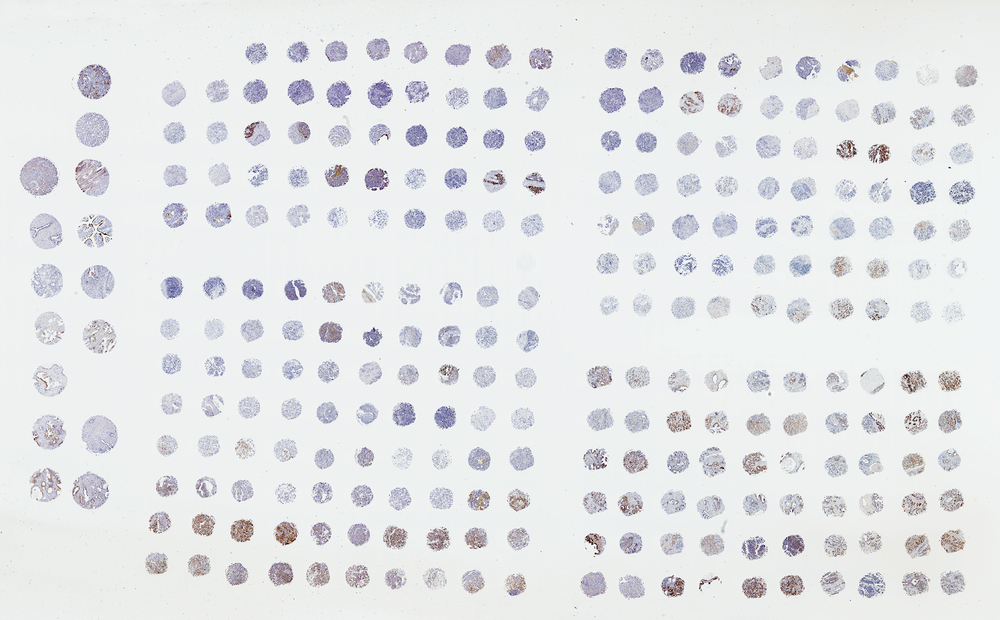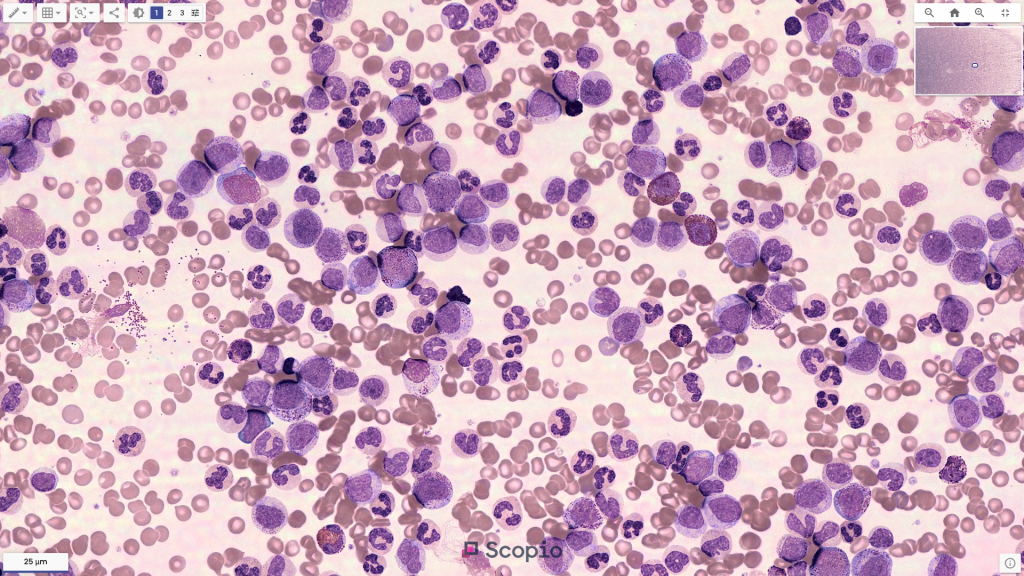In Depth 8 Aug 2023
The patient perspective on clinical trials: what needs to change?
In order to better understand clinical trials from a patient’s perspective and find out what they would ideally like to change throughout the trial process, a survey was launched earlier this year entitled “The Patient Perspective on Clinical Trials – What’s Going Well, What Needs to Change?”. In this article, we take a look at […]
















